How to Use First-party Data for Your Digital Marketing Strategy
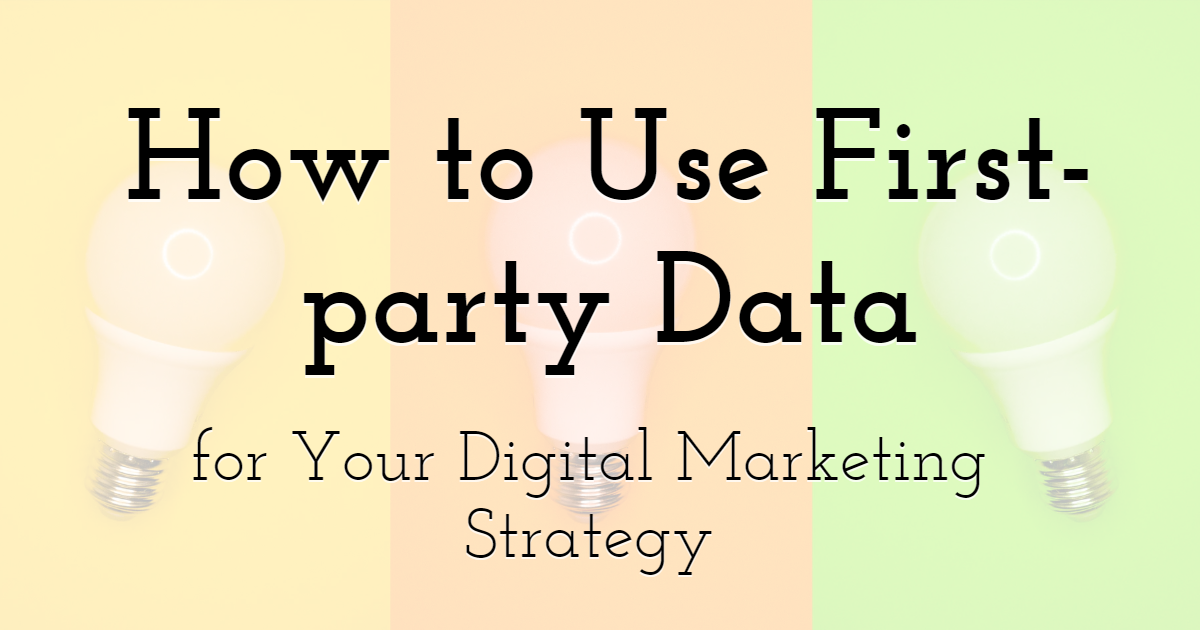
Create your own visual ads to promote your products with PixTeller online banner editor & free animated ad tool.
First-party data can be a hugely valuable asset if it is captured in the right way. Typically, it is gathered through customer feedback which you can easily collect from your website. Recent changes to the General Data Protection Regulation (GDPR) guidelines have also hindered the collection and use of third-party data. Indeed some third-party claim data is dead.
In this article, we focus on how the challenges caused by restrictions on the use of third-party data can be overcome with the effective use of first-party data in your digital marketing strategy and improving data quality.
What Is First-party Data?
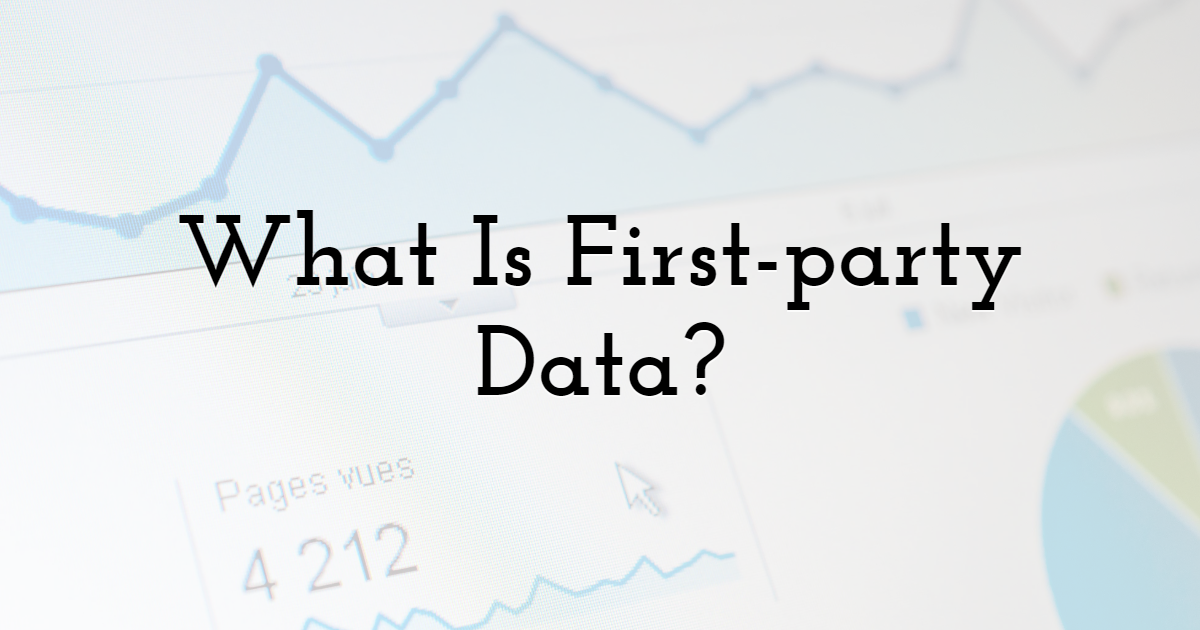
First-party data refers to information collected directly from your customer base. Understanding what made them engage with you, why they do or don't continue to do so, and how to make them engage more often is the key to successful marketing strategies.
Typical examples of first-party data offering rich information include:
- • Historical purchasing behaviour;
- • Information about how they interact with web-page or app;
- • A detailed CRM background;
- • Social and demographic data.
Information collected through surveys, direct customer feedback, and anything else you have on record about a customer can be classified as first-party data.
Why First-party Data Should Be A Priority in Digital Marketing Strategy
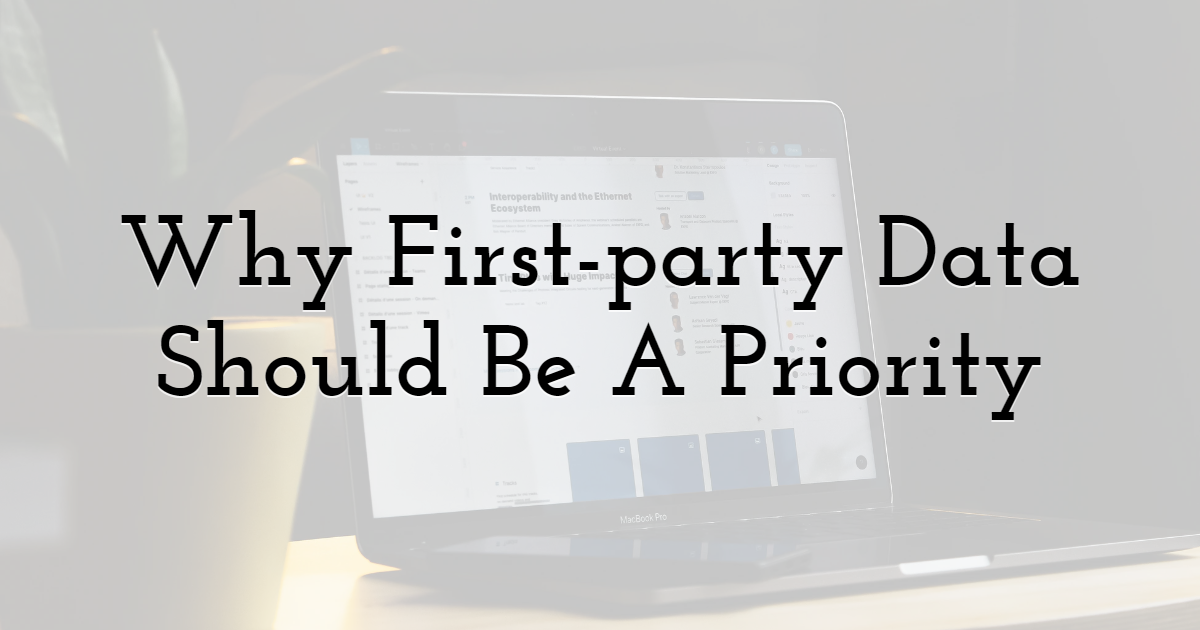
Marketers have long understood the importance of data segmentation. Be it to engage new customers or re-engage old ones. Quality customer segmentation can increase customer conversion rates. It can also help to ensure repeat custom and expand your customer base.
Here, we outline 6 key ways to use first-party data. Using first-party data in the right way guarantees you implement the most up-to-date marketing methods available to you.
Effective CRM Strategy
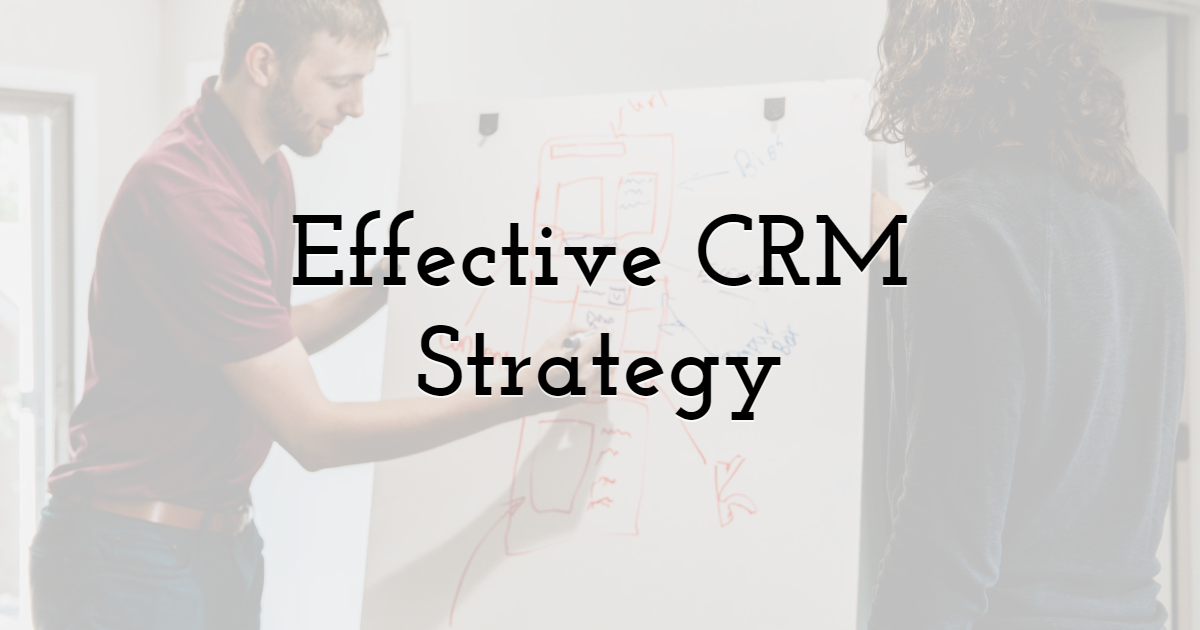
An effective CRM strategy will help you make the most of your data. It also ensures you know you are GDPR compliant and enables you to make informed decisions based on information that you are either already collecting or easily can do.
Knowing your customers means you can develop targeted marketing strategies that engage customers old and new.
Use Remarketing Pixels
Remarketing pixels can be used to gather data on how customers use your website, engage with your ads, and monitor customer conversion. Understanding what works, what doesn't, and why is vital for anyone seeking to make the most of first-party data.
Promotions to Buyers

When you have a good CRM and remarketing pixels set up, you're well on your way to understanding your customers. Understanding your customers allows you to offer them more things they might want at just the right moment. Through triggered promotions for buyers, this opens up cross-selling and even upsells.
Be it the offer of a weights bench for someone looking for dumbbells or weighing scales for someone interested in a low-fat recipe book. Knowing your customers better helps you to maximize what you can get out of the market you are already working with.
Re-engage Your Base

Making the most of customers in the mood to make a purchase is important. But re-engaging people who have cooled off can be equally fruitful. Maybe they tend to buy off you seasonally, and a gentle reminder that spring is in the air is all they'll need. Or maybe, they are after a little bit of extra love, care, and attention.
Build Your Presence

Whether it's through building a presence on social media or targeted ads on Google, using first-party data effectively can help you to learn new ways to expand your customer reach. When you know who your customers are, you can also use Facebook features to connect with customers with similar interests to yours.
Perhaps you'll even be able to spot a new audience with similar traits to your most loyal customers. Or to design a strategy that brings in a market you'd never thought of targeting. Using first-party data to understand your customer base allows you to turn what could be a gamble into a carefully calculated decision.
Advertise Clever
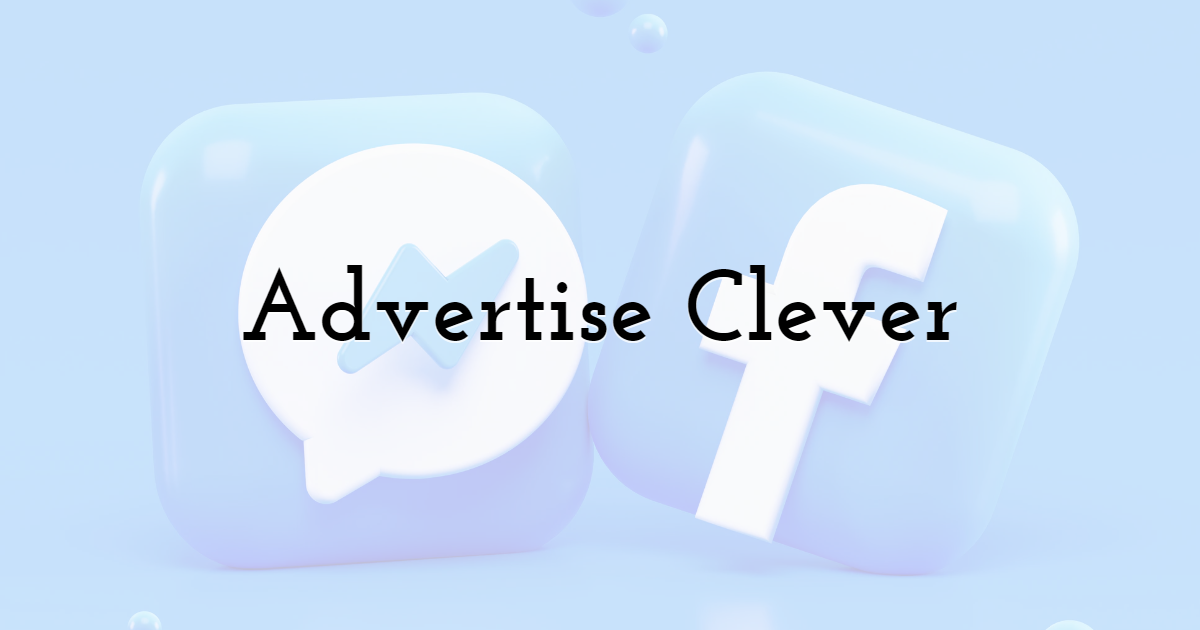
Just as knowing your audience can help you make the most of social media platforms. It can also ensure you can advertise cleverly. Are your audience more likely to respond to a snappy video, a personalized email, or an unexpected appearance in their Twitter feed? Do they need some additional nudges to push them over the line?
Advertising alone can't guarantee success. But targeting it smartly can ensure you get the most out of every pound you spend.
Final Thoughts
Marketers have long been swayed by the perceived benefits of scale offered by using third-party data. Changes to GDPR have meant using this data is more challenging and may even become impossible.
However, fortunately, the smart use of first-party data means this doesn't have to be restrictive. Indeed, understanding your own clients better might just be the best route to opening up new markets.
Until next time, Be creative! - Pix'sTory made by Meredith Davis
Recommended posts
-
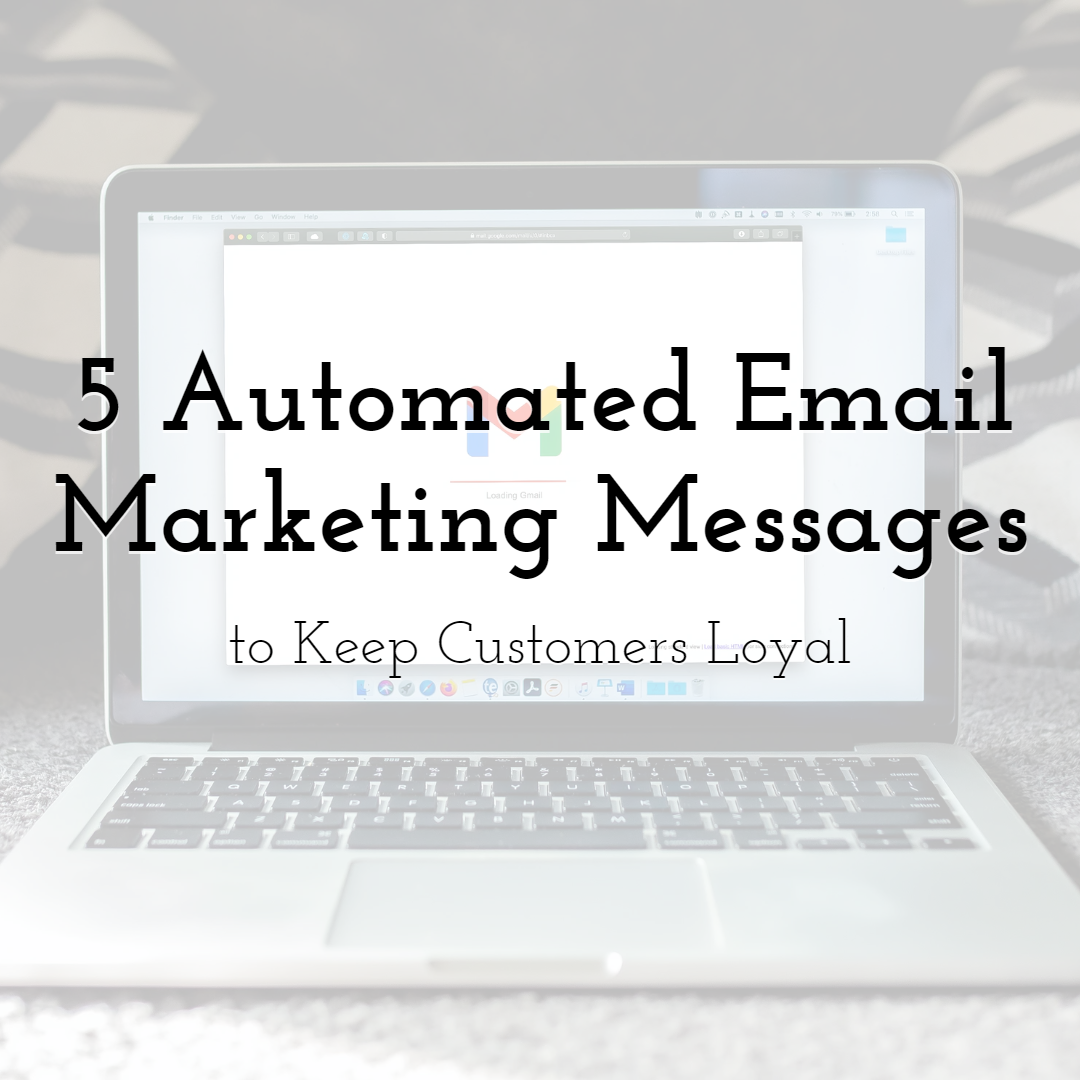
5 Automated Email Marketing Messages to Keep Customers Loyal to Your Bran...
Read More › -

8 Steps for Bringing Design Thinking to Your Sales Processes
Read More › -
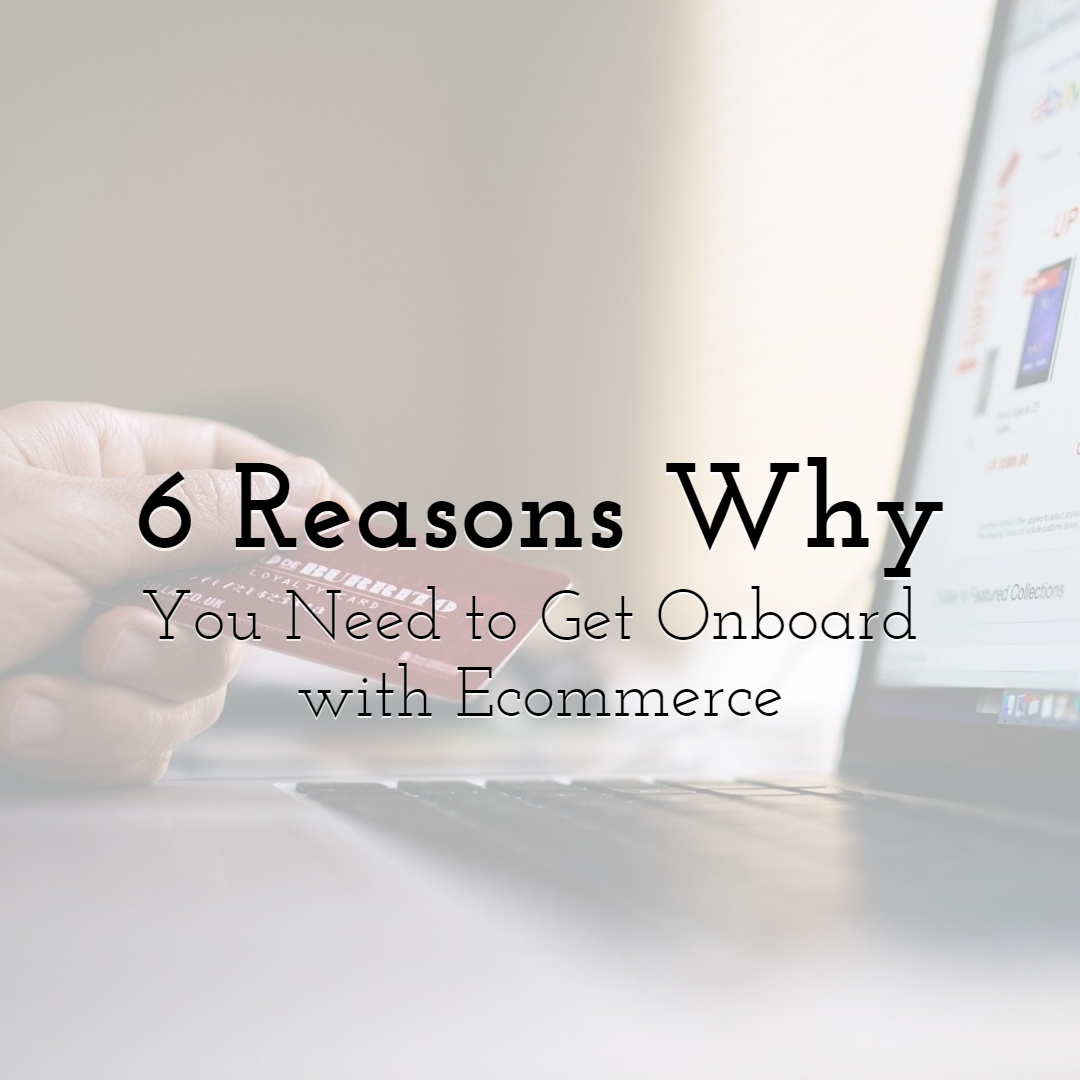
6 Reasons Why You Need to Get Onboard with Ecommerce
Read More › -

How to Take Your Social Media Strategy to The Next Level
Read More › -
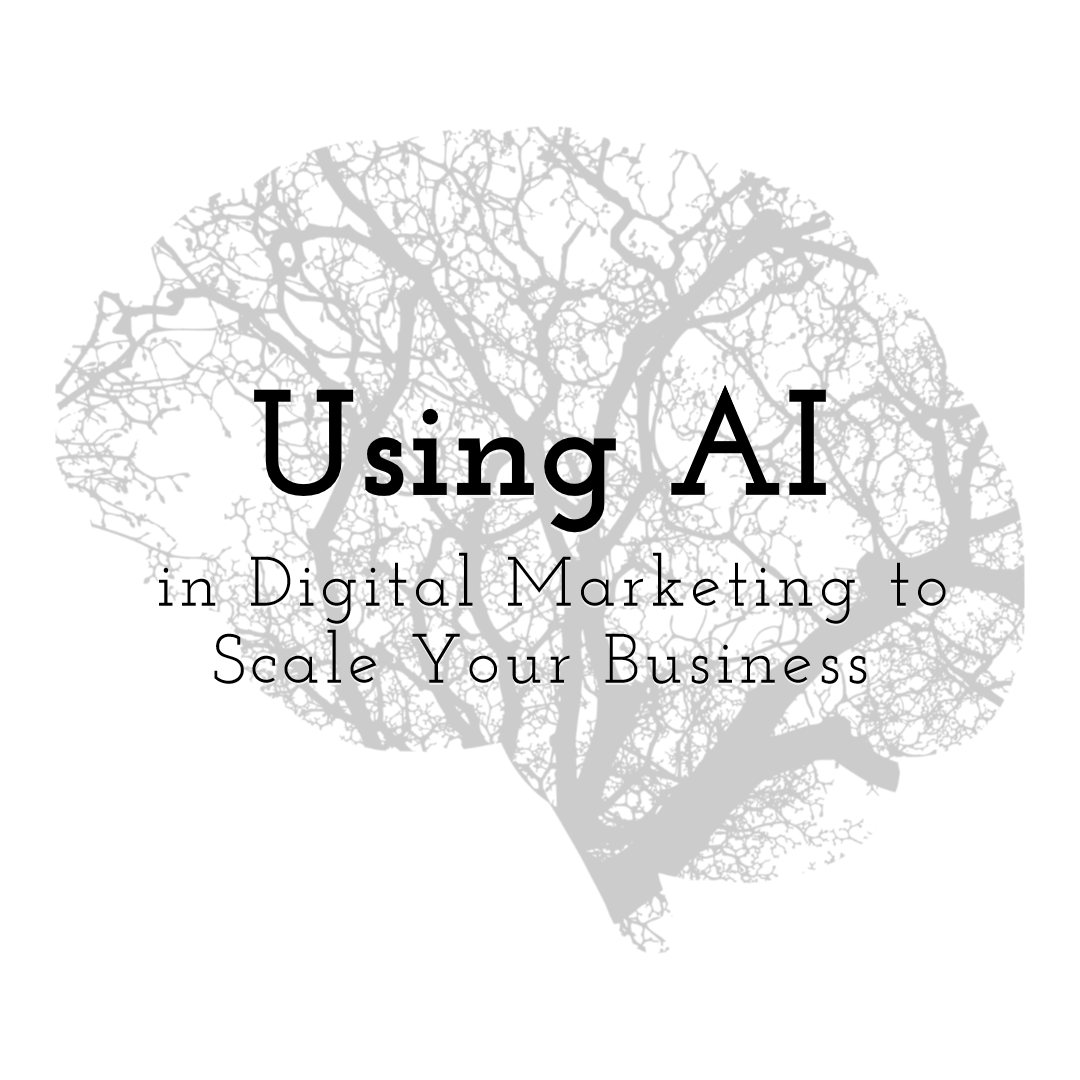
Using AI in Digital Marketing to Scale Your Business
Read More › -

How to Make Your Social Media Posts Stand Out?
Read More ›
